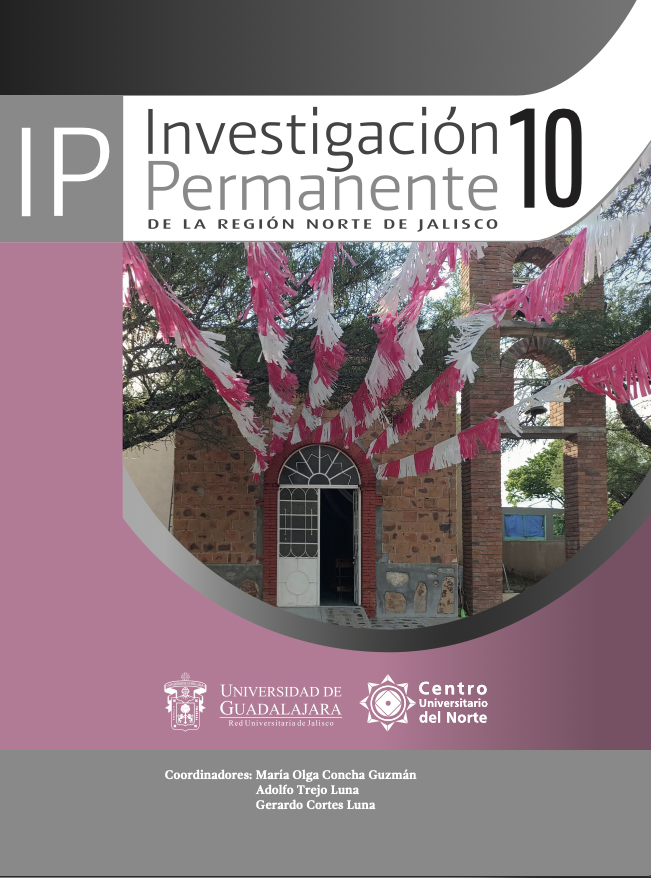Abstract
Neurons are the main component of the nervous system and their function is to receive, process and transmit information through chemical and electrical signals due to the electrical excitability of the plasma membrane (Barres,1991). They are specialized in receiving stimuli and transmitting nervous impulses between them through connections called synapses (Barres,1991; Eric,1995).
There are three examples that show the great diversity of shapes and organization of multipolar cells. Firstly, they are the spinal motoneurons that innervate the skeletal muscle fibers. Second are pyramidal cells, which have (approximately) triangular cell bodies; The dendrites arise from the apical part (consists of a single branch that arises from the apex of the soma) and basal part (extends towards the surface of the lateral ventricles) (Barres, 1991; Eric, 1995; Campagno, 2021) (Fig. 1 ). They are present in the hippocampus and throughout the cerebral cortex, and are characterized by a rich and extensive dendritic tree in one plane, allowing enormous synaptic inputs (Barres, 1991, Eric, 1995; Campagno, 2021). For neurons to function well, they need to work in cooperation with other types of cells; which act as a support population for neurons, helping them grow, nourishing them, and even helping them recover from injury (Weber, 2015).
References
Allen, N., & Barres, B. (2009). Glia — More than just brain glue. Nature, 457(7230), 675-677. https://doi.org/10.1038/457675a
Bartoli, F., Burnstock, G., Crocamo, C., & Carrà, G. (2020). Purinergic signaling and related biomarkers in depression. Brain Sciences, 10(3), 161. https://doi.org/10.3390/brainsci10030160.
Bauernfeind, F. G., Horvath, G., Stutz, A., Alnemri, E. S., MacDonald, K., Speert, D., Fernandes-Alnemri, T., Wu, J., Monks, B. G., Fitzgerald, K. A., Hornung, V., and Latz, E. (2009). Cutting edge: NF-kappaB activating pattern recognition and cytokine receptors license NLRP3 inflammasome activation by regulating NLRP3 expression. Journal of immunology, 183(2), 787-791. https://doi.org/10.4049/jimmunol.0901363
Brown, A. M., & Ransom, B. R. (2007). Astrocyte glycogen and brain energy metabolism. Glia, 55(12), 1263-1271. https://doi.org/10.1002/glia.20557
Burnstock, G. (2018). Purine and purinergic receptors. Brain Neurosci Adv, 2, 2398212818817494. https://doi.org/10.1177/2398212818817494
Campagno, K.E., Lu. W., Jassim, A. H., Albalawi, F., Cenaj, A., Tso, H.Y., Clark, S.P., Sripinum, P., Gómez, N. M., & Mitchell, C.H. (2021). Rapid morphologic changes to microglial cells and upregulation of mixed microglial activation state markers induced by P2X7 receptor stimulation and increased intraocular pressure. Journal of Neuroinflamation, 18 (1) https://doi.org/10.1186/s12974-021-02251-7.
Dinarello, C. A. (2002). The IL-1 family and inflammatory diseases. Clinical and Experimental Rheumatology, 20(5 Suppl. 27), 1-13.
Barres, B. A. 1991. New roles for glia. J. Neurosci. 11:3685-3694
Eric, R.K. James H.S. Thomas. M. J. 1995. Essencials of neural science and behavior.
Franchi, L., Eigenbrod, T., & Nuñez, G. (2009). Cutting edge: TNF-alpha mediates sensitization to ATP and silica via the NLRP3 inflammasome in the absence of microbial stimulation. Journal of Immunology, 183(1), 792-796. https://doi.org/10.4049/jimmunol.0900173.
Haines, D. E. (2013). Principios de neurociencia: aplicaciones básicas y clínicas. (3rd ed.). Elsevier Health Sciences. https://books.google.com/books?id=oLVKDXJx_UoC&pgis=1
He, Y., Franchi, L., & Núñez, G. (2013). TLR agonists stimulate Nlrp3-dependent IL-1β production independently of the purinergic P2X7 receptor in dendritic cells and in vivo. Journal of Immunology, 190(1), 334-339. https://doi.org/10.4049/jimmunol.1202737
He, Y., Taylor, N., Fourgeaud, L., & Bhattacharya, A. (2017). The role of microglial P2X7: Modulation of cell death and cytokine release. Journal of Neuroinflammation, 14(1), 135. https://doi.org/10.1186/s12974-017-0904-8.
Janks, L., Sharma, C. V. R., & Egan, T. M. (2018). A central role for P2X7 receptors in human microglia. Journal of Neuroinflammation, 15, 325. https://doi.org/10.1186/s12974-018-1353-8
Jessen, K. R. (2004). Glial cells. International Journal of Biochemistry & Cell Biology, 36(10), 1861-1867. doi: 10.1016/j.biocel.2004.02.023.
Magistretti, P. J. (2008). Brain energy metabolism. In Squire, L. R., Bloom, F. E., Spitzer, N. C., Du Lac, S., Ghosh, A., & Berg, D. (Eds.), Fundamental Neuroscience (pp. 271–293). Academic Press. https://books.google.com.mx/books?hl=es&lr=&id=QGzJFu_NyzcC&oi=fnd&pg=PP1&ots=Hx8nIVza15&sig=Hg9thtTcOQKXfLXa4j0c_g1f3Wc&redir_esc=y#v=onepage&q&f=false
Menzies, R. I., Tam, F. W., Unwin, R. J., & Bailey, M. A. (2017). Purinergic signaling in kidney disease. Kidney International, 91(2), 315-323. https://doi.org/10.1016/j.kint.2016.08.029
Peng, W., Cotrina, M. L., Han, X., Yu, H., Bekar, L., Blum, L., ... Nedergaard, M. (2009). Systemic administration of an antagonist of the ATP-sensitive receptor P2X7 improves recovery after spinal cord injury. Proceedings of the National Academy of Sciences of the United States of America, 106(30), 12489-12493. https://doi.org/10.1073/pnas.0902531106
Purves, D., Augustine, G. J., Fitzpatrick, D., et al. (Eds.). (2001). Neuroscience (2nd ed.). Sunderland, MA: Sinauer Associates. Neuroglial Cells. Retrieved from https://www.ncbi.nlm.nih.gov/books/NBK10869/
Schousboe, A., Scafidi, S., Bak, L. K., Waagepetersen, H. S., & McKenna, M. C. (2014). Glutamate metabolism in the brain focusing on astrocytes. Advances in Neurobiology, 11, 13-30. https://doi.org/10.1007/978-3-319-08894-5_2.
Territo, P. R., & Zarrinmayeh, H. (2021). P2X7 receptors in neurodegeneration: Potential therapeutic applications from basic to clinical approaches. Frontiers in Cellular Neuroscience, 15, 1-18.
The University of Queensland Australia, Queensland Brain Institute. (n.d.). Types of glia. Retrieved from https://qbi.uq.edu.au/brain-basics/brain/brain-physiology/types-glia
Weber, B., & Barros, L. F. (2015). The astrocyte: Powerhouse and recycling center. Cold Spring Harbor Perspectives in Biology, 7(12), a020396. https://doi.org/10.1101/cshperspect.a020396
Yang, Q. Q., & Zhou, J. W. (2019). Neuroinflammation in the central nervous system: Symphony of glial cells. Glia, 67(6), 1017-1035. https://doi.org/10.1002/glia.23571

